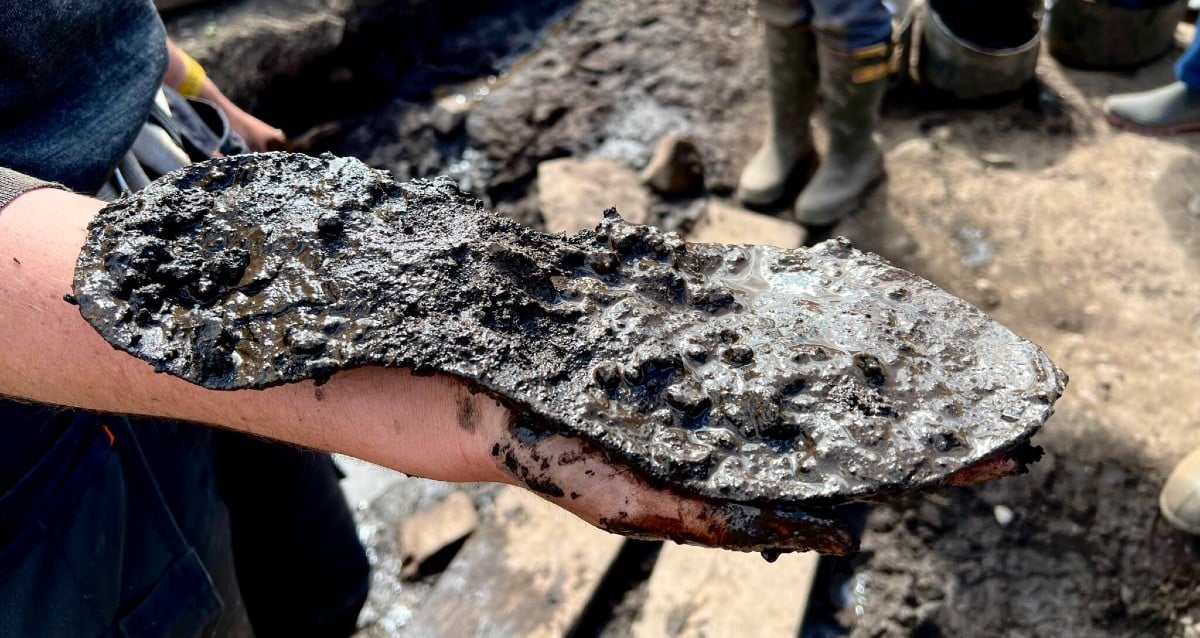Secrets of the 1847 Irish Famine Victims Unearthed as Mysterious Remains Resurface on Canadian Shores After 150 Years
The porous bones spent 160 years adrift in saltwater — leaving them poorly preserved and making it difficult for scientists to analyze them.

Radio-CanadaThe lab analyses confirmed the long-held theory that remains on Cap-des-Rosiers belonged to those who perished in the 1847 Carricks shipwreck.
“We did our best because the remains were very fragmentary,” said Isabelle Ribot, an associate professor of bioarchaeology at Montreal University. “They were extremely fragile.”
Though experts had a fairly confident suspicion that the location and condition of these bones pointed toward the Carricks shipwreck, it was the lab analysis that doubled down on that inkling. Scientists determined that the bones belonged to people who were malnourished and had a potato-heavy diet.
“Our skeletons reflect what we eat,” said Ribot, adding that scientists can find out whether someone had a protein-heavy or vegetable-centric diet from their bones alone.
Besides the fascinating historical import, this discovery carried with it a semblance of closure for those with direct ties to the late, resilient Irish aboard the Carricks. Canada’s National Revenue Minister Diane Lebouthillier said the find was “very significant for Irish families whose ancestors were Carricks passengers.”

Radio-CanadaThe scientists found a diet low in protein and evidence of severe malnutrition in the recovered bones.
“During the Great Famine of Ireland in 1847, Canada became the home of many Irish immigrants,” said Lebouthillier.
“The tragic events of the Carricks shipwreck are a startling reminder of just how difficult the journey was for the travelers and that not everybody was lucky enough to reach their new home. The shipwreck reflects an important part of Canadian history.”














Post Comment